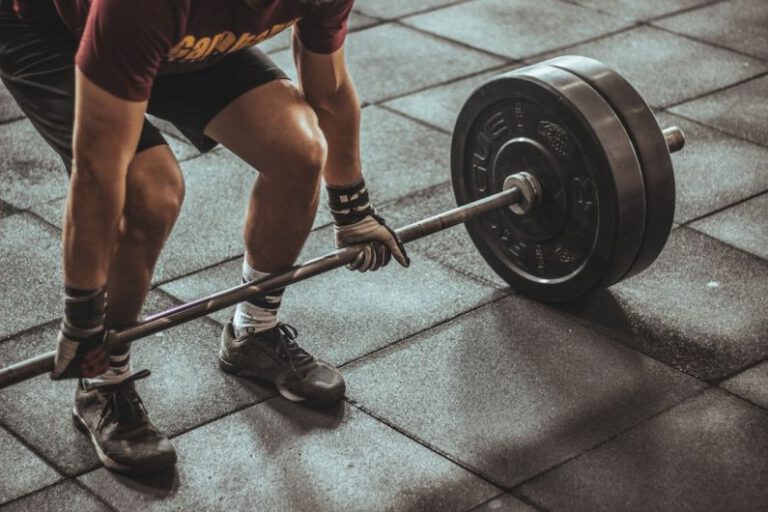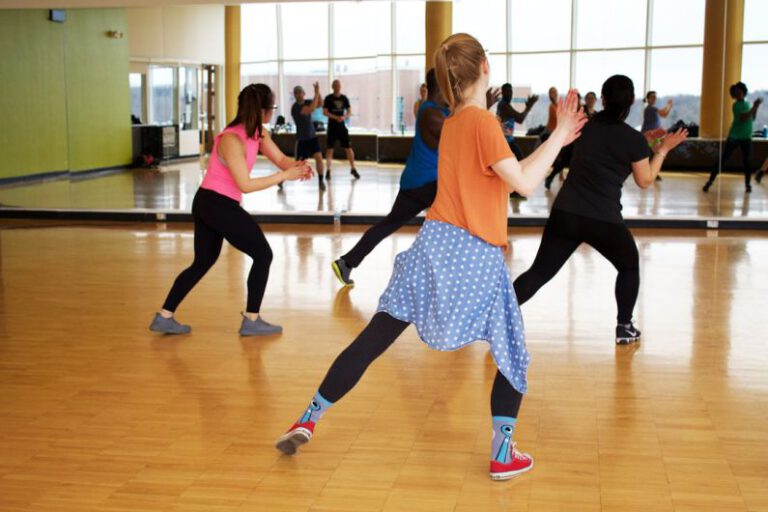Strength Training for Runners
Running is a fantastic way to stay fit and healthy, but many runners often overlook the importance of incorporating strength training into their routine. While logging miles is essential for building endurance and cardiovascular fitness, adding strength training exercises to your regimen can help improve performance, prevent injuries, and enhance overall running ability. In this article, we will explore the benefits of strength training for runners and provide tips on how to incorporate it effectively into your training routine.
The Benefits of Strength Training for Runners
Strength training offers a myriad of benefits for runners. One of the primary advantages is that it helps build muscle strength, which is crucial for improving running efficiency and speed. By strengthening the muscles in the legs, core, and upper body, runners can generate more power with each stride and maintain proper form throughout a run. This increased strength can also help prevent muscle imbalances and reduce the risk of overuse injuries commonly seen in runners.
In addition to enhancing strength, incorporating resistance training into your routine can also improve running economy. By increasing muscle mass and power, runners can expend less energy at a given pace, allowing them to run faster or longer without fatigue. This improved efficiency can be particularly beneficial during races or long-distance runs where energy conservation is key to performance.
Furthermore, strength training can help runners correct any weaknesses or imbalances that may be hindering their performance. By targeting specific muscle groups through resistance exercises, runners can address areas of weakness and improve overall stability and coordination. This not only reduces the risk of injury but also enhances running mechanics and efficiency, leading to better overall performance on the road or trail.
Effective Strength Training Strategies for Runners
When it comes to incorporating strength training into your running routine, it’s essential to focus on exercises that target key muscle groups used in running. Key areas to prioritize include the legs, core, and upper body, as these muscle groups play a significant role in running mechanics and overall performance.
Leg exercises such as squats, lunges, and calf raises are excellent choices for targeting the major muscles used during running, including the quadriceps, hamstrings, and calf muscles. These exercises help build strength and power in the lower body, improving running efficiency and speed.
Core exercises are also crucial for runners as a strong core provides stability and support for the entire body during running. Planks, Russian twists, and bicycle crunches are effective exercises for strengthening the core muscles, including the abdominals, obliques, and lower back muscles.
Additionally, incorporating upper body exercises such as push-ups, rows, and shoulder presses can help improve posture and arm drive while running. A strong upper body can also help maintain proper running form and prevent fatigue during long runs or races.
It’s important to tailor your strength training routine to complement your running schedule and goals. Aim to incorporate strength training exercises 2-3 times per week, focusing on different muscle groups each session. Start with bodyweight exercises and gradually progress to using weights or resistance bands as you build strength and endurance.
Incorporating Strength Training into Your Routine
To effectively incorporate strength training into your running routine, try to schedule your strength sessions on non-running days or after easy runs to allow for proper recovery. Remember to warm up before starting your strength workout with dynamic stretches or a brief cardio session to prepare your muscles for exercise.
When selecting exercises for your strength routine, choose a variety of movements that target different muscle groups and movement patterns to ensure a well-rounded workout. Mix in bodyweight exercises, free weights, and resistance bands to keep your routine challenging and engaging.
Listen to your body and adjust the intensity and volume of your strength training as needed. It’s essential to challenge yourself during workouts but also prioritize rest and recovery to prevent overtraining and injury.
By incorporating strength training into your running routine, you can improve performance, prevent injuries, and enhance overall running ability. Focus on targeting key muscle groups used in running, such as the legs, core, and upper body, and tailor your strength training routine to complement your running schedule and goals. With consistent effort and dedication, you can reap the benefits of strength training and take your running to the next level.






